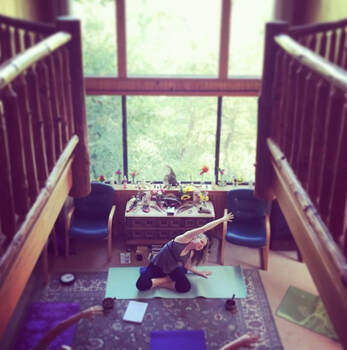 As a therapist, managing my own dance with burnout is one of the most important things I can do to remain trauma-informed in my work with clients. If I am burned out, I can not provide the most quality care and space holding. When people are depleted and burned out, it can be hard to focus, our memory can get impacted and our ability to be tuned into our body's needs can become more difficult. One of my favorite ways to manage my burnout is to have sensory items around me during sessions with my clients. Having sensory objects to hold, see, stand on or place upon my body can help me stay attuned and focused during a session. Sensory tools can help us “keep our lids on”, regulate our vagus nerve and manage our energy so that we do not take on the pain of others. There are so many forms of burnout and I believe these tools can help all forms of burnout (professional, parental, caregiver, etc.) be managed more effectively. My favorite sensory tools include:
There are pros and cons to virtual therapy, but being able to have self-care tools and resources more readily surrounding me has been a huge help to managing the intensity of space-holding during a two year pandemic. I hope you found these tools and tips supportive on your journey. For more trauma-informed and self-care resources, my Ethics of Trauma Informed Care training on April 29th is a virtual live training that will include lifetime access to the recording if you can’t join live. For more information and to reserve your spot, click here.
0 Comments
Your comment will be posted after it is approved.
Leave a Reply. |
AuthorWrite something about yourself. No need to be fancy, just an overview. Archives
April 2024
Categories |


 RSS Feed
RSS Feed